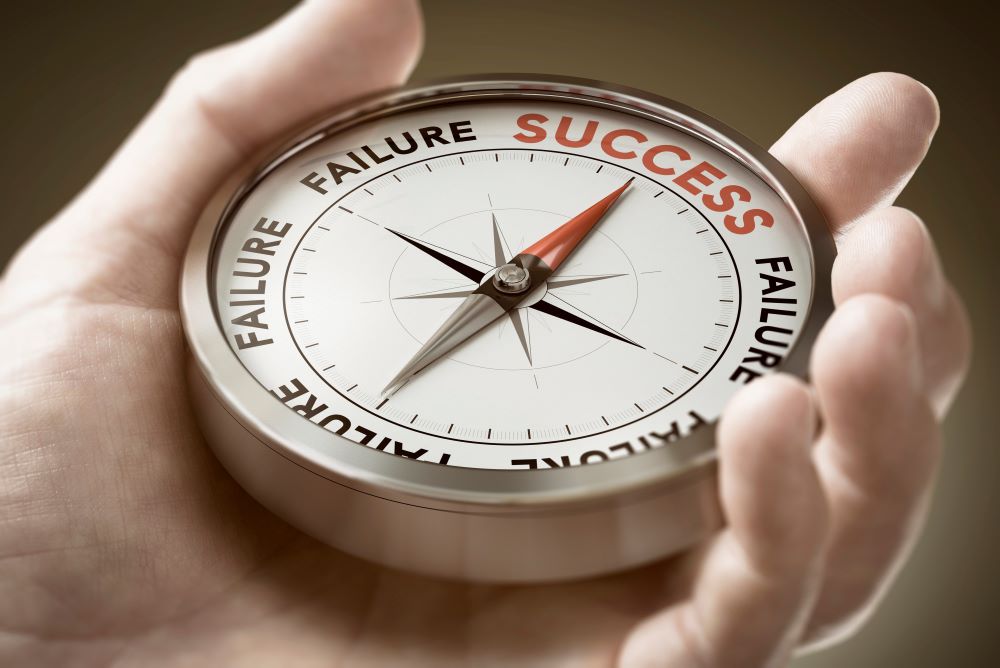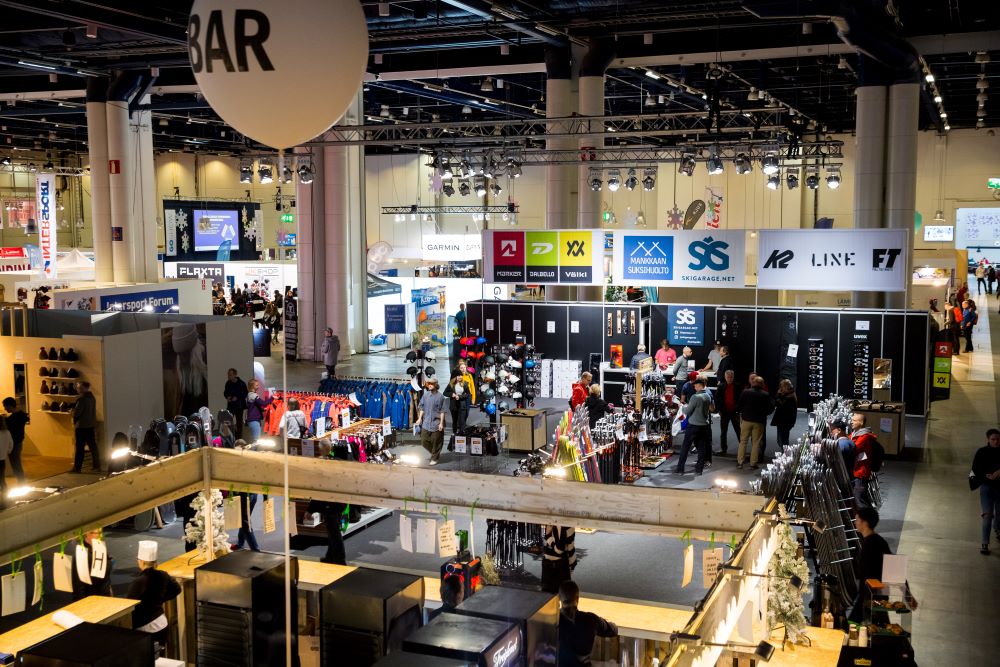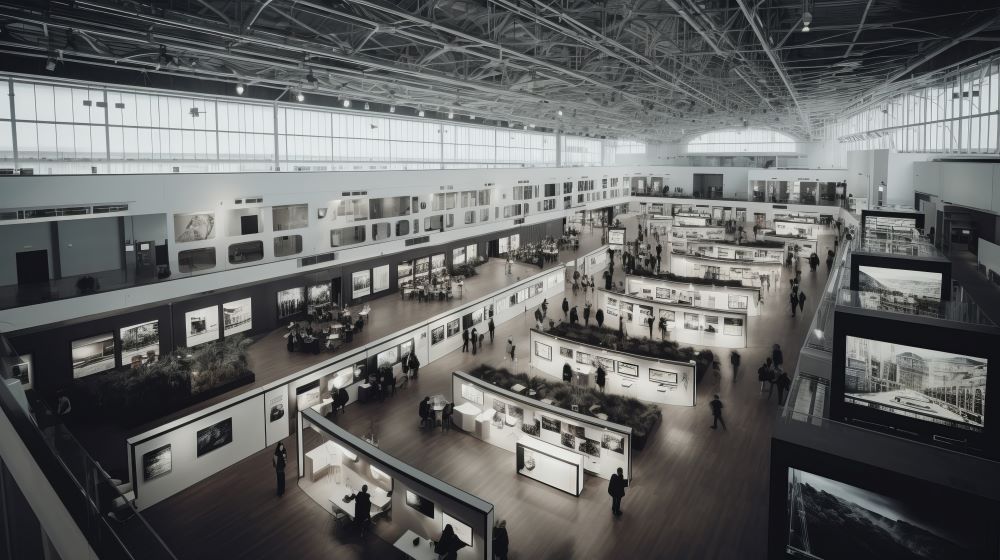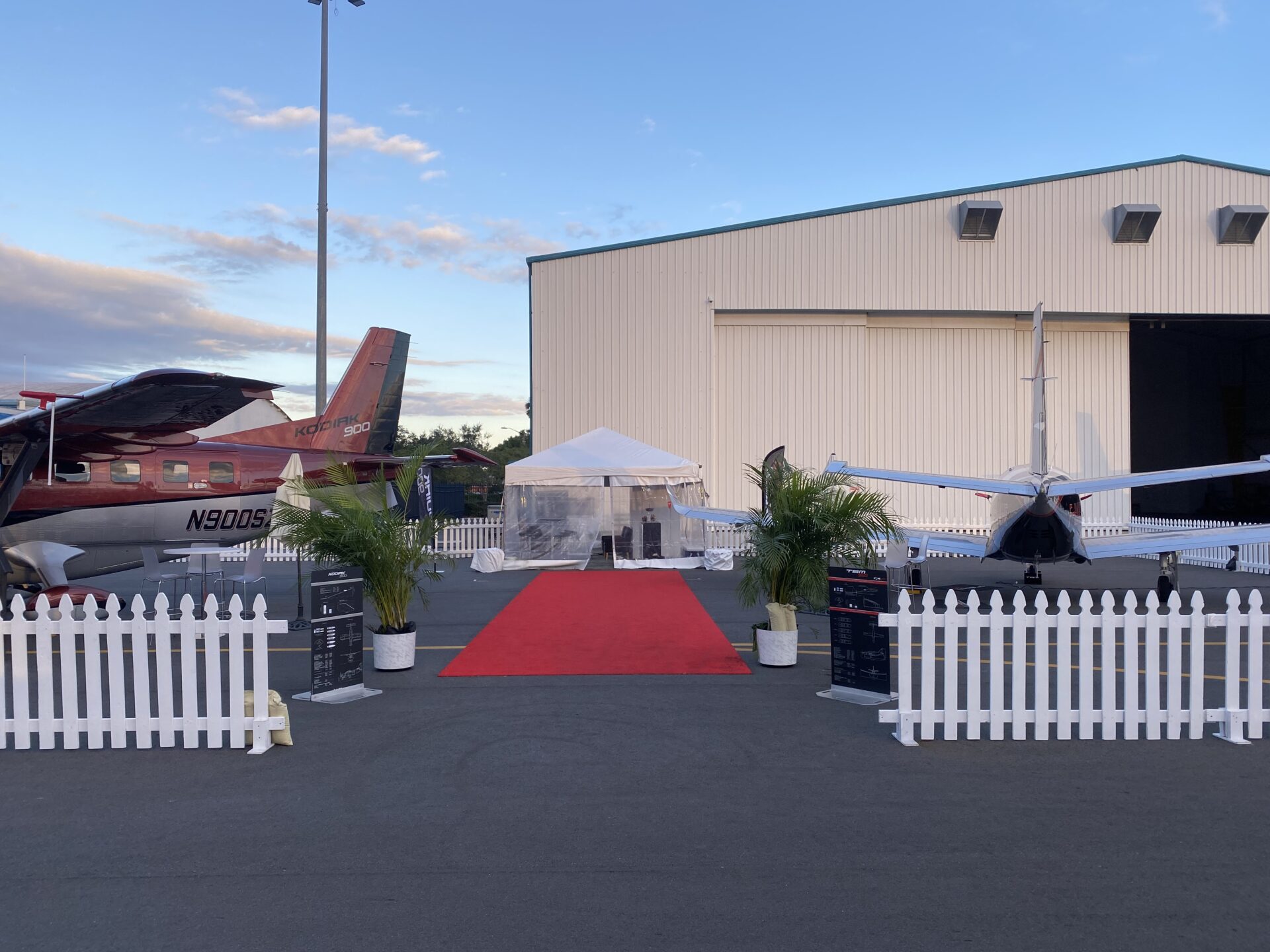Trade shows are one of the most effective ways to boost visibility, connect with decision-makers, and generate qualified leads. But success depends on more than just showing up. Without the right marketing strategy and preparation, even the best booth can go unnoticed.
In this guide, discover how to build a trade show marketing strategy that drives real results.
What Is Trade Show Marketing?
Trade show marketing is the strategy of promoting a company’s products, services, and brand at industry-specific trade shows to generate leads, build brand awareness, and connect with customers and partners. It involves a multi-stage process of pre-show planning, on-site engagement, and post-show follow-up to maximize ROI at these large-scale events.
Benefits of a Trade Show Marketing Strategy
A well-planned trade show marketing strategy is a powerful growth tool for your business:
- Brand visibility: Boosts your company’s exposure among a highly targeted audience, strengthening recognition and trust.
- Lead generation: Attracts qualified prospects who are actively seeking solutions like yours, turning booth visits into real opportunities.
- Networking: Creates direct connections with potential partners, clients, and key decision-makers in your industry.
- Market insight: Provides valuable information on competitors, emerging trends, and live feedback on your products or services.
When combined, these benefits help transform your trade show presence into a measurable return on investment and long-term business advantage.
10 Trade Show Marketing Ideas That Actually Work
Standing out in a crowded exhibition hall takes creativity and strategy. These trade show marketing ideas are designed to attract attention, engage visitors, and generate high-quality leads.
1. Host a Mini-Conference or Workshop at Your Booth
Offer valuable insights directly on your stand. Hosting a short workshop, live demo, or educational session positions your company as an industry expert and naturally draws an engaged audience. Keep sessions short (10–15 minutes) and focus on solving a specific challenge your visitors face.
2. Create a Contest or Interactive Experience
Gamify your booth experience! Whether it’s a digital quiz, prize wheel, or AR scavenger hunt, interactive activities encourage participation and make your brand memorable. The fun factor keeps people longer at your booth and giving your team more time to connect.
3. Offer a Premium or Eco-Friendly Giveaway
Skip the usual cheap swag. Choose high-quality or sustainable giveaways that reflect your brand values (reusable bottles, bamboo pens, or tote bags made from recycled materials). Premium gifts leave a lasting impression and encourage visitors to remember your company long after the show.
4. Feature an Instagrammable Photo Wall
Create a visually striking backdrop where attendees can snap photos and share them online. Add your logo and event hashtag to boost brand visibility on social media. This simple but powerful tactic turns your visitors into ambassadors for your brand.
5. Showcase an Immersive Video or Client Testimonial
Use large screens or LED walls to broadcast compelling visuals, from client success stories to immersive brand videos. Real customer testimonials help build credibility and trust, while dynamic content captures attention even from afar.
6. Launch a Product or Prototype Exclusively at the Show
Trade shows are the perfect place for exclusive product launches. Tease your audience in advance and reveal the product live to create buzz. Offering hands-on demos can help you gather valuable feedback and boost engagement.
7. Invite an Industry Expert or Influencer
Collaborate with a recognized voice in your field to attract credibility and attention. Invite them to speak, co-host a session, or simply make an appearance at your booth. Their presence adds authority and increases visitor traffic instantly.
8. Offer a Charging Station or Relaxation Area
Provide something every visitor needs “comfort”. A charging zone, lounge area, or coffee corner encourages people to stop by and recharge while discovering your brand. This simple gesture creates goodwill and encourages longer conversations.
9. Use a Chatbot or Interactive Screen to Qualify Leads
Integrate AI chatbots or touchscreens to engage visitors and collect contact details quickly. These tools can ask simple questions to pre-qualify leads, freeing up your staff to focus on the most promising prospects.
10. Distribute Samples or Free Trials
If your product can be experienced, let visitors touch, test, or taste it! Samples and free trials are a proven way to boost recall and conversion. Nothing beats first-hand experience to turn curiosity into trust and interest into sales.
Measuring the Success of Your Trade Show Marketing Campaign
Once the event is over, your real work begins. Measuring your performance is the only way to determine if your trade show marketing strategy was truly effective and how to improve it next time.
Track Key Performance Indicators (KPIs)
Start by collecting quantifiable data that reflects your success. The most important trade show analytics include:
- Number of leads generated during and after the event.
- Lead-to-customer conversion rate : how many turned into real opportunities.
- Engagement rate : number of booth visitors, demo participants, and interactions.
- Media and social coverage : mentions, hashtags, or press features.
These metrics give a clear picture of how well your brand performed on the show floor.
Compare Results Against Initial Objectives
Go back to your original goals: were you focused on lead generation, sales, networking, or brand visibility? Compare your actual results with those targets to evaluate performance objectively.
If your leads were fewer but of higher quality, that may still mean a stronger ROI than simply gathering a large number of unqualified contacts.
Evaluate Cost per Lead and Brand Impact
To assess your trade show ROI, divide the total cost of participation by the number of qualified leads generated. This helps determine your cost per lead.
Don’t forget the intangible impact as well: enhanced brand visibility, stronger partnerships, and valuable insights about your market. Together, these contribute to long-term success beyond immediate sales.
Turn Your Booth into a Business Growth Engine
Avoiding a random or last-minute trade show marketing approach is the key to turning your participation into real business success. With the right strategy, creative booth design, and follow-up plan, your trade show presence becomes a true growth engine for your brand.
At totm exposition, we help businesses design and build custom trade show booths that attract attention, engage visitors, and deliver measurable ROI. Whether you’re launching a product, boosting visibility, or generating leads, our team ensures every event becomes a success. Contact us today to start planning your next impactful trade show experience.










